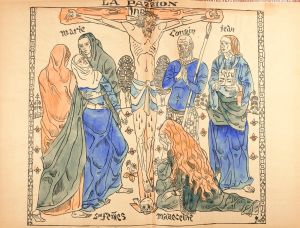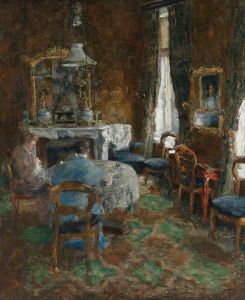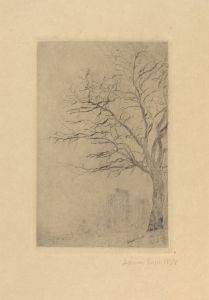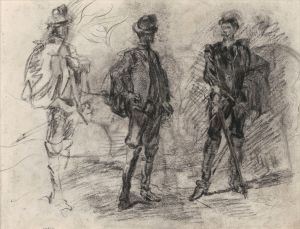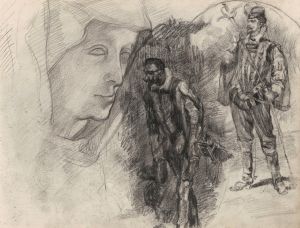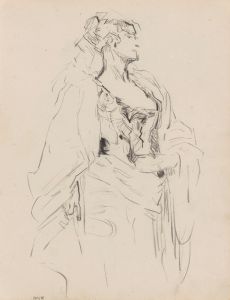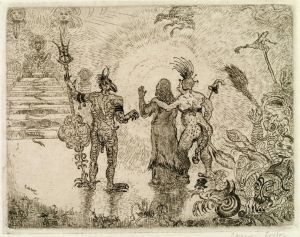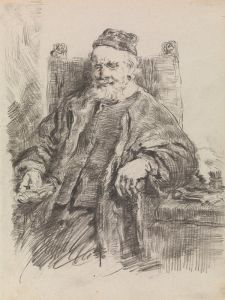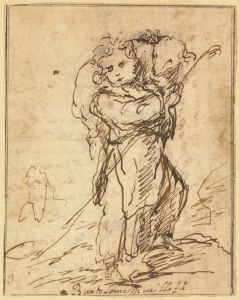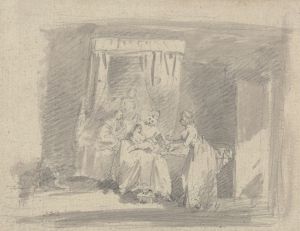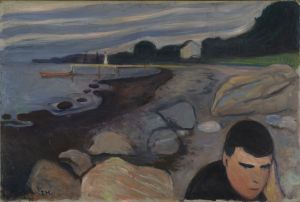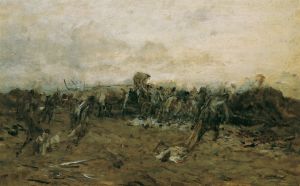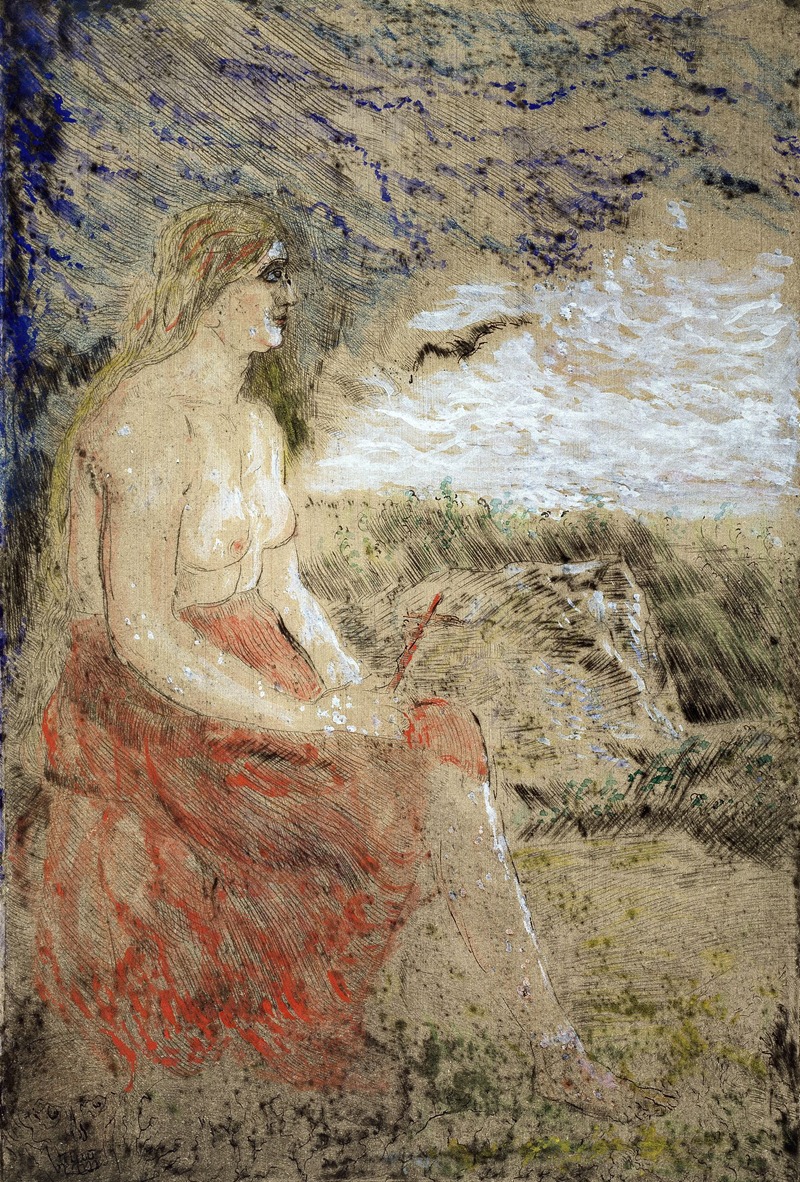
The Magdalene
A hand-painted replica of James Ensor’s masterpiece The Magdalene, meticulously crafted by professional artists to capture the true essence of the original. Each piece is created with museum-quality canvas and rare mineral pigments, carefully painted by experienced artists with delicate brushstrokes and rich, layered colors to perfectly recreate the texture of the original artwork. Unlike machine-printed reproductions, this hand-painted version brings the painting to life, infused with the artist’s emotions and skill in every stroke. Whether for personal collection or home decoration, it instantly elevates the artistic atmosphere of any space.
James Ensor, a prominent Belgian painter and printmaker, is known for his unique and often provocative style that blends elements of symbolism, expressionism, and surrealism. One of his notable works is "The Magdalene," which reflects his distinctive approach to art, characterized by vivid colors, intricate details, and a penchant for the macabre and the fantastical.
"The Magdalene" is a painting that showcases Ensor's fascination with religious themes, a common subject in his oeuvre. Ensor often explored religious iconography, but he did so with a twist, infusing his works with a sense of irony and a critique of societal norms. This painting is no exception, as it presents a complex portrayal of Mary Magdalene, a figure often depicted in Christian art as a repentant sinner or a devoted follower of Jesus.
Ensor's interpretation of Mary Magdalene diverges from traditional representations. While many artists have depicted her with a sense of solemnity and reverence, Ensor's version is more enigmatic and layered with symbolism. The painting captures the viewer's attention with its bold use of color and dynamic composition, elements that are hallmarks of Ensor's style. The vivid palette and expressive brushwork convey a sense of emotional intensity, inviting viewers to delve deeper into the narrative and symbolism embedded within the artwork.
The painting's composition is intricate, with various elements that contribute to its overall impact. Ensor's use of light and shadow creates a dramatic effect, highlighting certain features while casting others into obscurity. This technique adds to the painting's mysterious aura, encouraging viewers to interpret the scene in multiple ways. The figure of Mary Magdalene is central to the composition, yet she is surrounded by an array of objects and figures that add layers of meaning to the work.
Ensor's choice of subject matter and his unconventional approach can be seen as a reflection of his broader artistic philosophy. He was known for challenging established norms and pushing the boundaries of traditional art. His works often contain elements of satire and social commentary, critiquing the hypocrisy and moral rigidity of society. In "The Magdalene," these themes are subtly woven into the fabric of the painting, inviting viewers to question and reflect on the nature of sin, redemption, and the role of religious figures in art and society.
"The Magdalene" is a testament to Ensor's skill as an artist and his ability to convey complex ideas through visual means. It exemplifies his mastery of color, composition, and symbolism, making it a significant piece within his body of work. The painting not only highlights Ensor's technical prowess but also his capacity to engage viewers in a dialogue about the deeper meanings and implications of his art.
In summary, "The Magdalene" by James Ensor is a captivating work that exemplifies the artist's unique style and thematic interests. Through its bold colors, intricate composition, and rich symbolism, the painting invites viewers to explore the complexities of religious iconography and societal critique. Ensor's ability to blend traditional themes with modern sensibilities makes this work a noteworthy example of his contribution to the art world.





